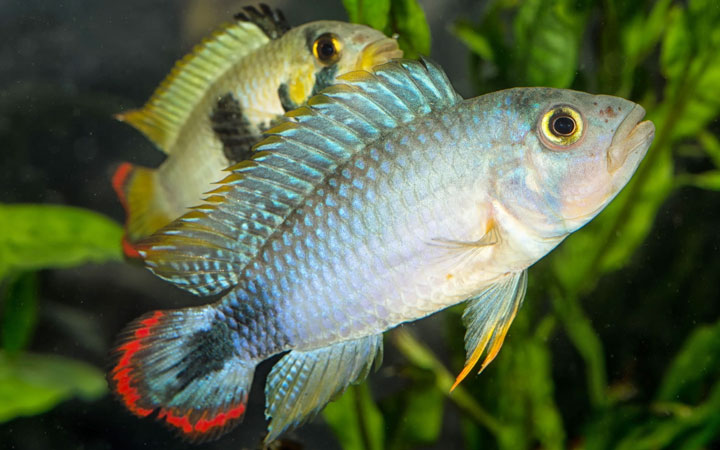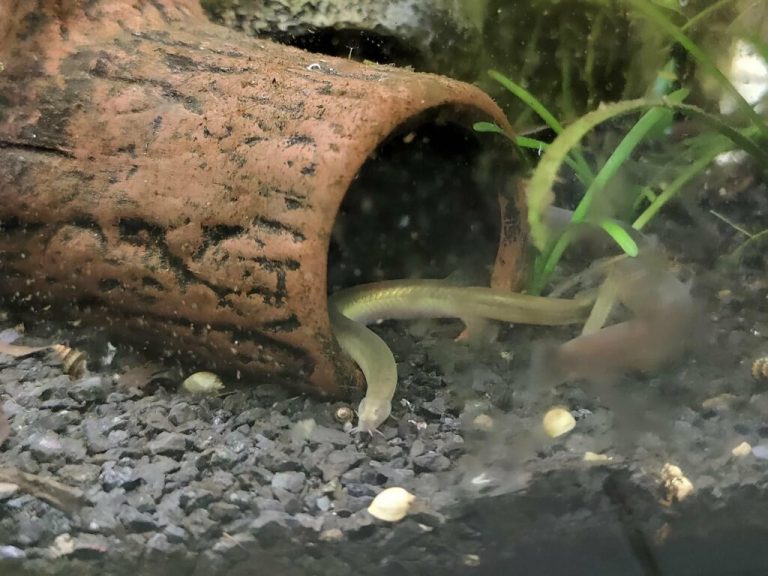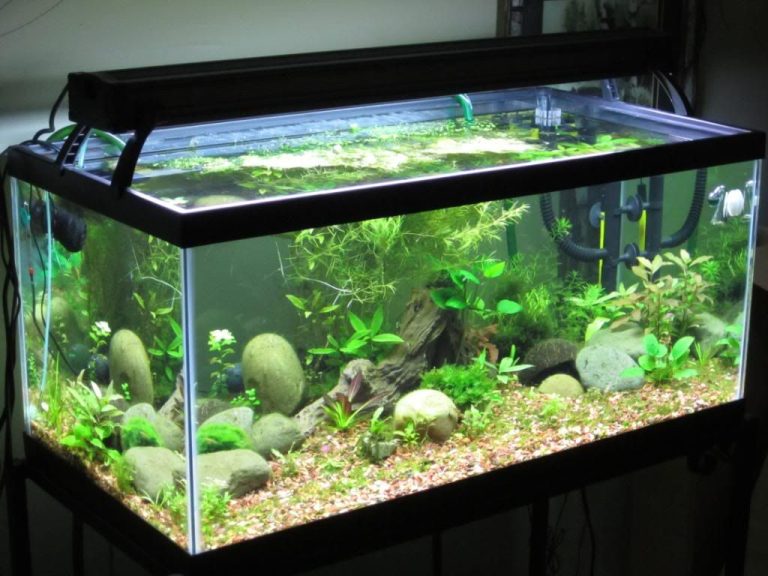Apistogramma Tank Mates
Apistogramma Tank Mates: Creating a Harmonious Community Aquarium
Apistogramma tank mates – a topic that often brings excitement and intrigue to aquarists. Apistogrammas are small, colorful cichlids native to South America. They are known for their vibrant colors, intriguing behavior, and fascinating breeding patterns. While they can be kept in species-only tanks, many aquarists enjoy the challenge and beauty of creating a harmonious community aquarium with compatible tank mates.
In this article, we will guide you through the world of Apistogramma tank mates and provide you with a comprehensive list of suitable companions for these stunning fish. Whether you’re a beginner or an experienced aquarist, we’ll help you make informed decisions to ensure the well-being and happiness of your aquatic pets.
Understanding the Nature of Apistogramma Cichlids
Before diving into the world of tank mates, it’s crucial to understand the nature and requirements of Apistogrammas. These cichlids hail from the Amazon River basin, where they live in densely vegetated areas with slow-moving water. They are territorial fish, especially during breeding periods. Understanding their natural habitat will help you select suitable companions and recreate an environment that mimics their needs.
Choosing Compatible Tank Mates for Apistogramma Cichlids
When selecting tank mates for Apistogrammas, it’s essential to consider their size, temperament, behavior, and environmental preferences. Here are some popular and compatible options to consider:
1. Small Tetras: Many small tetra species, such as neon tetras, cardinal tetras, and ember tetras, make excellent companions for Apistogrammas. They are peaceful, add movement to the aquarium, and create a beautiful contrast with their vibrant colors.
2. Corydoras Catfish: Corydoras catfish, popularly known as “cories,” are peaceful, bottom-dwelling fish that can coexist harmoniously with Apistogrammas. They help keep the substrate clean and add diversity to the aquarium.
3. Dwarf Rasboras: Species like Boraras brigittae and Boraras maculatus, also known as Chili Rasboras and Dwarf Mosquito Rasboras, respectively, are great tank mates for Apistogrammas. They are small, peaceful fish that create striking visual appeal with their vibrant colors.
4. Small Loricariids: Certain species of small Loricariid catfish, such as Bristlenose Plecos (Ancistrus sp.), can coexist well with Apistogrammas. These bottom-dwelling fish are compatible in terms of size and temperament.
5. Larger Characins: If you’re looking to add some mid-level swimming activity to your aquarium, consider larger characin species like Marbled Hatchetfish (Carnegiella strigata) or Black Phantom Tetras (Hyphessobrycon megalopterus). These fish are generally peaceful and can complement the Apistogrammas nicely.
6. Guppies and Endlers: Colorful guppies and Endler’s livebearers can be suitable companions for Apistogrammas, as long as the males’ vibrant colors do not trigger aggression. It’s advisable to keep a higher female-to-male ratio to minimize territorial behavior.
7. Peaceful Dwarf Cichlids: Keeping other peaceful dwarf cichlids, such as German Blue Rams (Mikrogeophagus ramirezi) or Bolivian Rams (Mikrogeophagus altispinosus), can work well in a community tank with Apistogrammas. However, it’s crucial to provide ample hiding spaces and visual barriers to minimize potential territorial disputes.
Creating the Ideal Aquarium Environment
To ensure a successful community aquarium with Apistogrammas and their tank mates, it’s necessary to recreate their natural habitat. Here are some key factors to consider:
1. Aquarium Size: While Apistogrammas can thrive in smaller aquariums, it’s recommended to provide a tank with a minimum capacity of 20 gallons (75 liters). Larger tanks provide more swimming space and allow for a greater diversity of tank mates.
2. Water Parameters: Apistogrammas prefer slightly acidic and soft water conditions. Aim for a pH level between 6.0 and 7.0, a temperature range of 76 to 82°F (24 to 28°C), and a water hardness level of 2 to 10 dGH (35 to 179 ppm).
3. Aquascape: Mimicking their natural habitat is crucial for Apistogrammas’ well-being. Incorporate dense vegetation, driftwood, rocks, and caves to create hiding spots and territories. Floating plants like Amazon frogbit or water lettuce help diffuse light and create shaded areas.
4. Water Flow: Apistogrammas thrive in slow-moving water, so avoid strong water currents. Use sponge filters or adjustable powerheads to create gentle water flow and mimic their natural habitat.
5. Feeding: Apistogrammas are omnivorous and appreciate a varied diet. Offer them high-quality, protein-rich flakes, pellets, frozen or live foods like brine shrimp, bloodworms, and small insects. Ensuring their nutritional needs are met will support their overall health and vitality.
Frequently Asked Questions
1. Can Apistogrammas be kept in a community tank?
Yes, Apistogrammas can be kept in a community tank with compatible tank mates, as long as their requirements are adequately met. Understanding their nature, providing appropriate hiding spaces, and selecting suitable companions are essential for a successful community aquarium.
2. Do Apistogrammas require a specific water temperature?
Apistogrammas prefer a temperature range of 76 to 82°F (24 to 28°C). It’s crucial to maintain stable water temperature within this range to ensure their well-being and reduce stress.
3. How many Apistogrammas can be kept in a tank?
The number of Apistogrammas that can be kept in a tank depends on the aquarium’s size and the species being kept. In larger tanks, multiple pairs or groups can be accommodated. However, it’s essential to ensure sufficient space and territories for each fish to reduce aggression.
4. Are male Apistogrammas more aggressive than females?
Male Apistogrammas, especially during breeding periods, can exhibit territorial and aggressive behavior. It’s advisable to keep a higher female-to-male ratio and provide ample hiding spaces to minimize potential conflicts.
Final Thoughts
Creating a harmonious community aquarium with Apistogramma tank mates can be a rewarding and enjoyable experience. By understanding their nature, selecting compatible companions, and recreating their natural habitat, you can provide a safe and enriching environment for these captivating cichlids.
Remember to monitor the tank regularly, maintain water quality, and address any signs of aggression or stress promptly. With patience and proper care, you can create a stunning aquatic display and witness the fascinating interactions between Apistogrammas and their tank mates.






